Date January 29, 1979 | Name Cleveland School | |
 | ||
Coordinates 32°47′48″N 117°00′41″W / 32.79673°N 117.01146°W / 32.79673; -117.01146Coordinates: 32°47′48″N 117°00′41″W / 32.79673°N 117.01146°W / 32.79673; -117.01146 Target teachers and faculty at Cleveland Elementary School Attack type School shooting, murder Weapons Ruger 10/22 semi-automatic .22 caliber rifle | ||
The Cleveland Elementary School shooting took place on January 29, 1979, at a public elementary school in San Diego, California. The principal and a custodian were killed; eight children and a police officer were injured. A 16-year-old girl, Brenda Spencer, who lived in a house across the street from the school, was convicted of the shootings. Tried as an adult, Spencer pleaded guilty to two counts of murder and assault with a deadly weapon, and was given an indefinite sentence. As of 2017, she remains in prison.
Contents
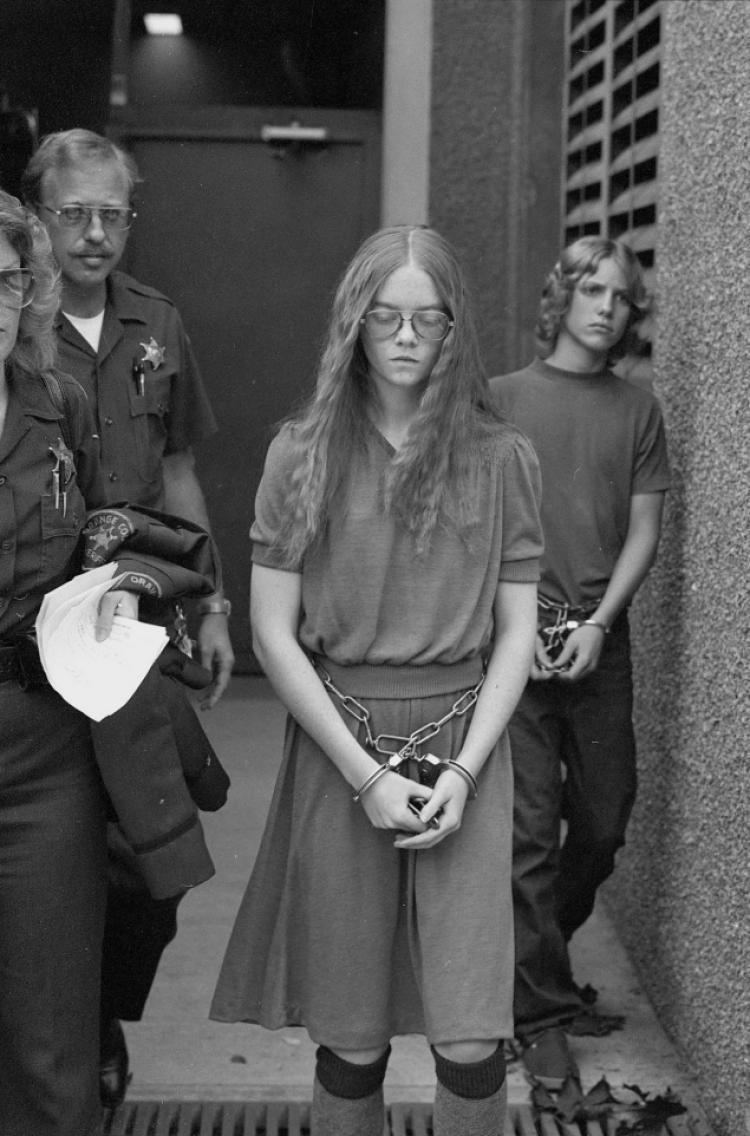
A reporter reached Spencer by phone while she was still in the house but had stopped shooting. The reporter asked Spencer why she carried out the shooting. She answered: "I don't like Mondays", which inspired Bob Geldof to write the Boomtown Rats song by that name.
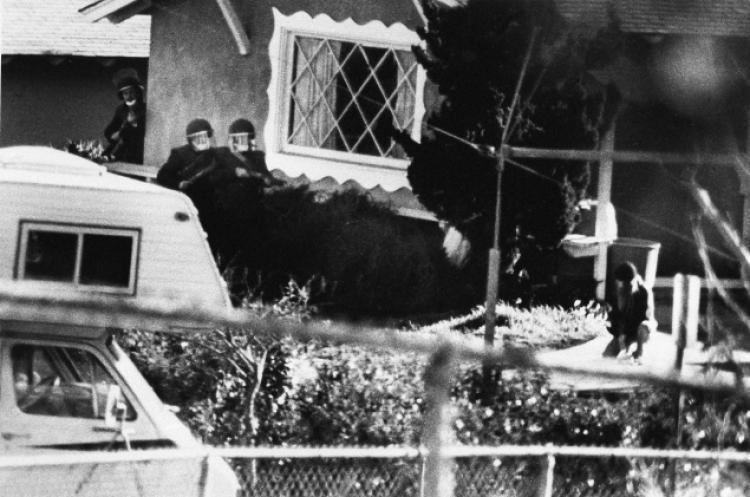
Brenda Spencer

Brenda Spencer (born April 3, 1962) lived in the San Carlos neighborhood of San Diego, California, in a house across the street from Grover Cleveland Elementary School, in the San Diego Unified School District. Age 16, she was 5'2" (157 cm) and had bright red hair. She is said to have self-identified as "having been gay from birth." After her parents separated, she lived with her father, Wallace Spencer, in virtual poverty; they slept on a single mattress on the living room floor, with empty alcohol bottles throughout the house.
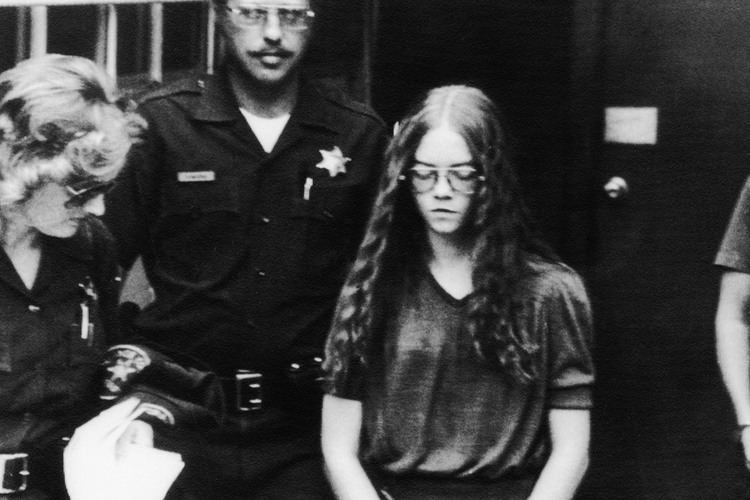
Acquaintances said Spencer expressed hostility toward policemen, had talked about shooting one, and had talked of doing something big to get on TV. Although Spencer showed exceptional ability in photography, winning first prize in a Humane Society competition, she was generally uninterested in school; one teacher recalled frequently inquiring if she was awake in class. Later, during tests while she was in custody, it was discovered Spencer had an injury to the temporal lobe of her brain. It was attributed to an accident on her bicycle.
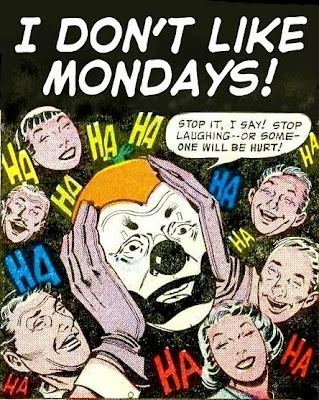
In early 1978, staff at a facility for problem pupils, to which Spencer had been referred for truancy, informed her parents that she was suicidal. That summer, Spencer, who was known to hunt birds in the neighborhood, was arrested for shooting out the windows of Cleveland Elementary with a BB gun, and burglary. In December, a psychiatric evaluation arranged by her probation officer recommended Spencer be admitted to a mental hospital for depression, but her father refused to give permission. For Christmas 1978, he gave her a Ruger 10/22 semi-automatic .22 caliber rifle with a telescopic sight and 500 rounds of ammunition. Spencer later said, "I asked for a radio and he bought me a gun." When asked why he might have done that, she answered, "I felt like he wanted me to kill myself."
Shooting
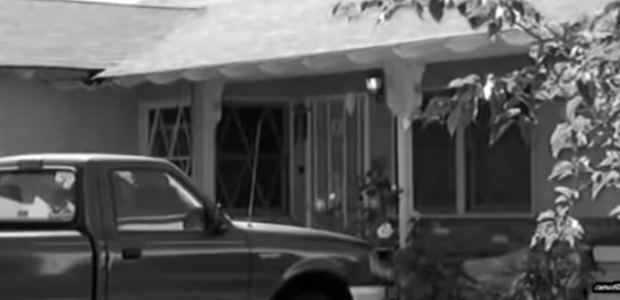
On the morning of Monday, January 29, 1979, Spencer began shooting from her home at children who were waiting outside Cleveland Elementary School for principal Burton Wragg (aged 53) to open the gates. She injured eight children. Wragg was killed while trying to help the children. Custodian Mike Suchar (aged 56) was killed while trying to pull a student to safety. A police officer (aged 28) responding to a call for assistance during the incident was wounded in the neck as he arrived.

After firing thirty rounds of ammunition, Spencer barricaded herself inside her home for several hours. While there, she had a telephone conversation with a journalist from The San Diego Union Tribune, who reported that she had said "I don't like Mondays" in reply to his question of why she had done it. She also spoke with police negotiators, telling them those she had shot had made easy targets, and that she was going to "come out shooting." Spencer has been repeatedly reminded of these statements at parole hearings. Ultimately, she surrendered. Police officers found beer and whiskey bottles cluttered around the house, but said Spencer did not appear to be intoxicated at the time of her arrest.
Spencer was cited as the inspiration for the song "I Don't Like Mondays", written by Bob Geldof for his band the Boomtown Rats, which was released later that year. Geldof and his band were in San Diego performing at The Roxy Theater, a small movie theater and concert hall in the Pacific Beach part of town, on February 27, 1979, and the preliminary legal proceedings against Spencer were headlining local news broadcasts. I Don't Like Mondays was also the title of a 2006 television documentary about the event.
Imprisonment of Spencer
Spencer was tried as an adult, and pleaded guilty to two counts of murder and assault with a deadly weapon. She was sentenced to 25 years to life. In prison, Spencer was diagnosed as an epileptic and received medication to treat epilepsy and depression. While at the California Institution for Women in Chino, California, she worked repairing electronic equipment.
Under the terms of her indeterminate sentence, Spencer became eligible for hearings to consider her suitability for parole in 1993. In practice, very few people convicted on a charge of murder were able to obtain parole in California before 2011. As of December 2015, she has been unsuccessful at four parole board hearings. At her first hearing, Spencer said she had hoped police would shoot her, and that she had been a user of alcohol and drugs at the time of the crime, which contradicted the results of drug tests done when she was taken into custody. In her 2001 hearing, Spencer for the first time said her father had been subjecting her to beatings and sexual abuse; he said the allegations were not true. The parole board chairman said that, as she had not previously told any prison staff about the allegations, he doubted whether they were true. In 2005, a San Diego deputy district attorney cited an incident of self-harm from four years earlier when her girlfriend was released from jail, as showing Spencer was psychotic and unfit to be released. The self-harm is commonly reported as scratching the words "courage" and "pride" into her own skin; however, Spencer corrected this during her parole hearing as "runes" reading "unforgiven" and "alone." In 2009, the board again refused her application for parole, and ruled it would be 10 years before she would be considered again.
As of June 2017, she remains in prison and is housed at the California Institution for Women in Chino, California.
Aftermath
A plaque and flagpole were erected at San Diego's Cleveland Elementary School in memory of the shooting victims. The school was closed in 1983, along with a dozen other schools around the city, due to declining enrollment. In the ensuing decades, it was leased to several different charter and private schools. From 2005 to 2017, it housed the Magnolia Science Academy, a public charter middle school serving students in grades 6-8.
On January 17, 1989, almost exactly 10 years after the events at Cleveland Elementary, there was another shooting at a school named Cleveland Elementary, this one in Stockton, California. Five students were killed and 30 were injured. Survivors of the 1979 shooting described themselves as "shocked, saddened, horrified" by the eerie similarities to their own traumatic experience.
Song
Bob Geldof, then the lead singer of the Boomtown Rats, read about the incident when a news story about it came off the telex at WRAS, the campus radio station at Georgia State University in Atlanta. He was particularly struck by Spencer's claim that she did it because she did not like Mondays, and began writing a song about it, also incorporating the reporters' "Tell me why?", called "I Don't Like Mondays". It was number 1 for four weeks in the UK, and was the band's biggest hit in their native Ireland. Although it did not make the Top 40 in the U.S. it still received extensive radio airplay (outside of the San Diego area) despite the Spencer family's efforts to prevent it.
